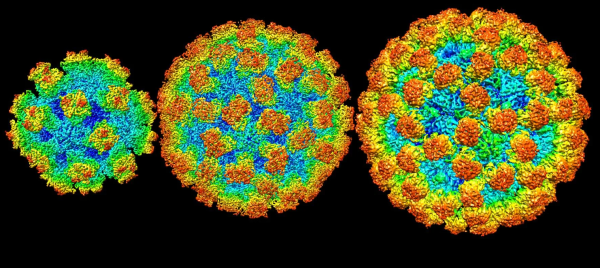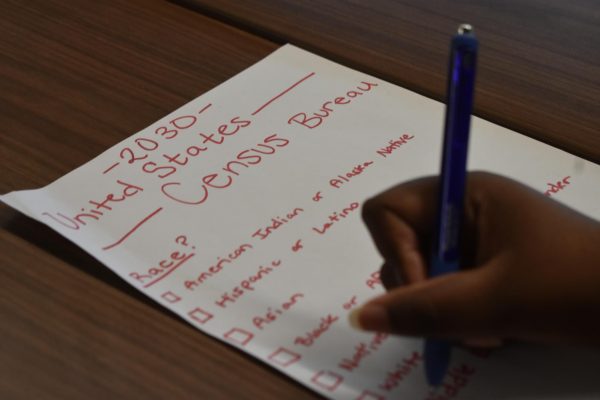US task force recommends screening children for anxiety
While frequently brushed to the side, mental health issues in children continue to regularly increase. If left untreated, the affected children can grow up with a slew of health issues that will affect their everyday life. The US Preventive Services Task Force hopes to combat this issue early on in children’s lives by regularly screening for anxiety at their primary care physicians’ offices. Anxiety can remain undetected for a long time, so this process will help identify it at a young age and find treatments.
April 21, 2022
Anxiety disorder, a common mental health affliction affecting people all around the world, contains a variety of conditions characterized by excessive fear or worry that appears as emotional or physical symptoms. Depending on the severity of the numerous symptoms, those suffering could fall under six different categories of anxiety. While for most the condition may remain undiagnosed, over 40 million US adults suffer from an anxiety disorder.
In recent years, this affliction has slowly seeped into the minds of children at an increasing rate and now affects approximately 7.8% of children ages three to 17. An array of causes can bring about this issue in young children, with symptoms ranging from insomnia, nervousness, fatigue and rapid breathing. Long-term anxiety could severely interfere with a child’s social or family life, personal development, and schooling and eventually lead to depression or suicidal thoughts.
“So younger children will more likely be afraid of separation from their parents, whereas older adolescents or older children and into adolescents will have more social anxiety…this could be a reflection of typical developmental fears that go awry. So as teenagers develop a consciousness about what their peers think about them…a child struggling with anxiety will blow those fears out of proportion to the situation. And then that anxiety begins to impair their functioning,” a professor of psychiatry at the University of Connecticut Health Center Golda Ginsburg, said.
Due to this worrisome phenomenon, the US Preventive Services Task Force (USPSTF) drafted a recommendation statement for screening anxiety in children and adolescents. The statement includes the importance of the tests, the USPSTF Assessment of Magnitude of Net Benefit, practice considerations, supporting evidence, research needs and gaps and recommendations of other organizations. This influential panel of experts proposes that screening for kids ages eight through 18 should occur regularly, especially during a time when mental health problems among children continue to steadily increase.
Currently, health screening includes factors such as growth, development, hearing, vision, blood pressure, etc, but widening the number of issues addressed during these tests can ensure a child’s mental health remains stable. The child’s primary care physician usually conducts these tests utilizing basic questionnaires that a parent or a child fills out. However, these tests may need to become more in-depth and administered at younger ages to help make a difference in children’s mental health.
Numerous instruments used to screen anxiety initially began as tools in epidemiologic studies for surveillance or to evaluate response to certain treatments, so not all screening instruments can aid primary care physicians due to the length and other factors. Presently, only two screening instruments experience wide usage in clinical practice for detecting anxiety: the Screen for Child Anxiety Related Disorders (SCARED) and Social Phobia Inventory.
SCARED, a questionnaire form regarding the child’s emotions and behavior during any given circumstance, screens for generalized anxiety disorder, separation anxiety and social phobia. The patient health questionnaire-adolescent aids in screening for general anxiety disorder, panic disorder and other issues regarding mood, eating habits and substance use. Nonetheless, anxiety screening tests alone do not provide enough information to diagnose an anxiety disorder. After testing positive, children would need to take a confirmatory diagnostic assessment and follow up.
“I think a lot of kids may just lie on the questionnaire forms at the doctor, so I wish there was some other way to figure out if a child is suffering from anxiety or depression. It seems like everyone has some level of anxiety and I think screening at a younger age could benefit children a lot,” junior Brenna Gresham said.
USPSFT encourages clinicians to consider what anxiety disorders may present themselves the most in their practice and which type of screening tools they should use in their practice setting. If implemented, this could help children all across the US identify these unknown feelings they experience on a daily basis. This would allow them to perform better in school, form a stronger social life and ultimately become happier children.



















